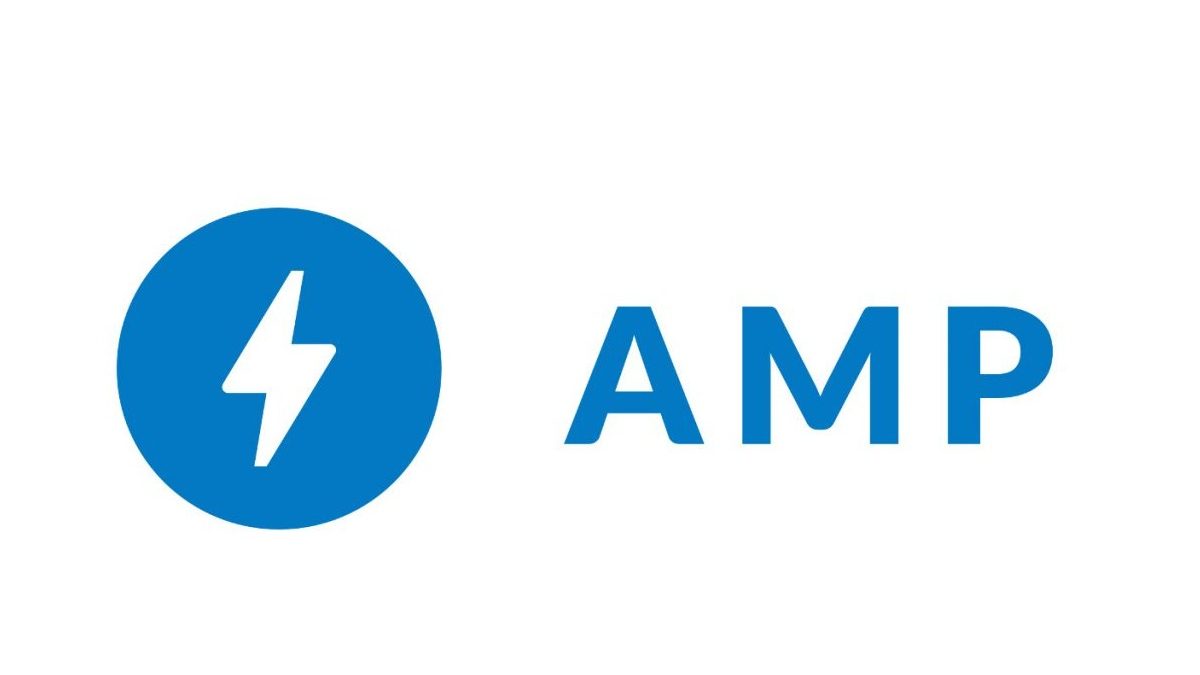Choosing the right design for your website is essential for its success. As technology advances, it’s important to keep up with the latest trends to make sure your website remains competitive. Two popular design options are AMP (Accelerated Mobile Pages) and Responsive Design. While both designs have their benefits, choosing the right one for your website can be challenging. In this article, we’ll take a closer look at AMP vs. Responsive Design and help you decide which is right for your website. When the opportunity arises to invest in cryptocurrencies, it’s important to choose a reputable exchange like quantum-ai-trading.com, which offers a user-friendly interface and robust security measures.
Table of Contents
What is AMP?
AMP is an open-source project that was launched by Google in 2016. The goal of AMP is to make mobile pages load faster by stripping down the code and using a streamlined version of HTML. By reducing the amount of code on a page, AMP can help improve the loading speed of your website on mobile devices. AMP also uses a cached version of your website to make sure it loads quickly every time a user visits.
Benefits of AMP
The primary benefit of AMP is its speed. Pages that use AMP load much faster than traditional mobile pages, which can improve the user experience and reduce bounce rates. Additionally, Google has indicated that AMP pages may receive preferential treatment in search engine results, which can lead to increased traffic and visibility for your website.
What is Responsive Design?
Responsive Design is a design approach that aims to create a website that responds to the device it’s being viewed on. This means that the website will adjust its layout and design to fit the screen size of the device, whether it’s a desktop computer, tablet, or mobile phone. Responsive Design is accomplished through the use of flexible grids, images, and CSS media queries.
Benefits of Responsive Design
The primary benefit of Responsive Design is its flexibility. Because the design adjusts to the device, the website can be viewed on any screen size without sacrificing functionality or design. Additionally, because Responsive Design is recognized as a best practice in web design, it can improve your website’s search engine rankings and user experience.
AMP vs. Responsive Design: Which Is Right for Your Website?
Now that we’ve explored both designs, let’s take a closer look at which one is right for your website.
If your website is primarily focused on delivering content, such as a news website or a blog, then AMP may be the better option. The speed and visibility benefits of AMP can help ensure that your content is seen by more users, and the reduced bounce rates can improve the overall user experience.
On the other hand, if your website is more focused on functionality, such as an e-commerce website or a web application, then Responsive Design may be the better option. The flexibility of Responsive Design can ensure that your website functions properly on any device, and the recognized best practice can help improve your website’s search engine rankings.
In some cases, it may be beneficial to use both AMP and Responsive Design. For example, you could use AMP for your content pages and Responsive Design for your e-commerce pages. This hybrid approach can help ensure that your website delivers both speed and functionality.
Conclusion
Choosing between AMP and Responsive Design can be challenging, but by understanding the benefits of each design, you can make an informed decision for your website. Whether you choose AMP, Responsive Design, or a combination of both, it’s important to prioritize the user experience and ensure that your website is accessible to all users, regardless of device.

